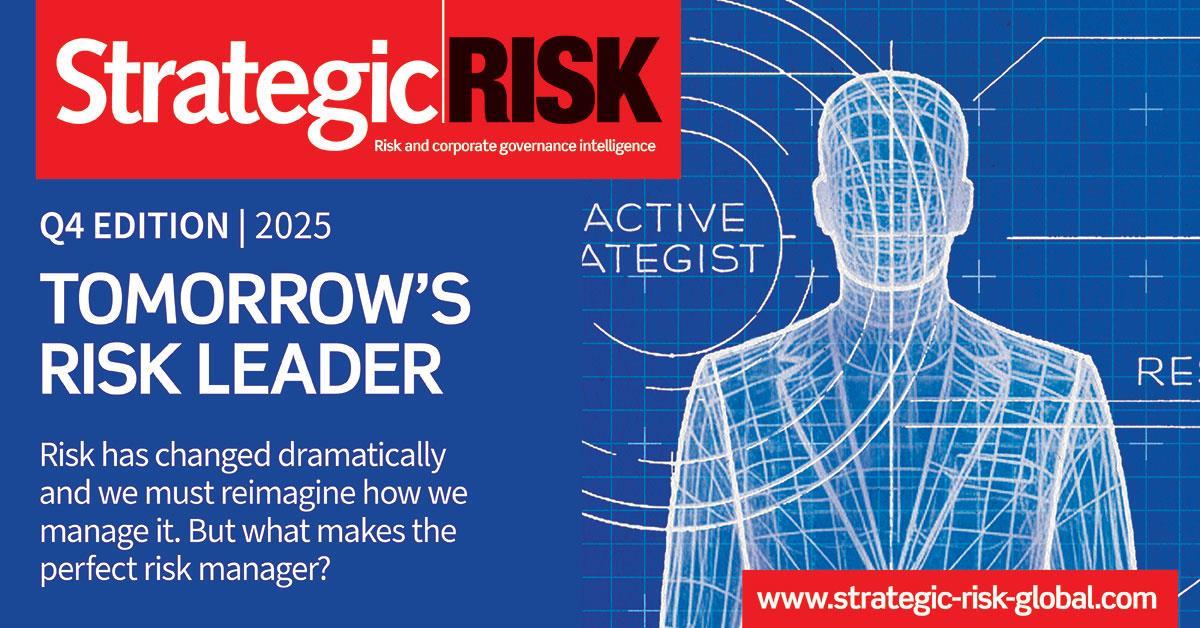’There isn’t any nuance for the wealth of experience and advice that the broker can bring in,’ says managing director
The two main bottlenecks that brokers experience when eTrading are the “double keying” of data across insurer extranets and software house platforms, as well as the often slow and “patronising” referral process.

This is according to Karen Weir, managing director and owner at broker Weir Insurance, who was speaking during a webinar on 17 July 2025 entitled ’Differentiating digital trading: Building bespoke eTrading propositions for the future’.
The hour-long online session was hosted by Insurance Times and sponsored by insurer Aviva, pulling on key insights and trends from within Insurance Times’ Five Star Rating Report: eTrading 2025 that was published in May this year.
During the conversation, which was chaired by Insurance Times editor Katie Scott, Weir stressed that “there is an opportunity for insurers and brokers to work together and have an agreement whereby certain brokers are given a level of delegated authority” based on their experience and expertise.
She emphasised that many brokers have already undertaken a certain level of underwriting when starting the eTrading journey, as they have preemptively assessed which insurers may have their client’s risk in appetite, dictating which extranet or software house they start with.
Weir continued: “The eTrading style [currently] is very much aimed at somebody who isn’t offering advised sales, so some of the questions could be filled in by the public.
“There isn’t any nuance for the wealth of experience and advice that the broker can bring in.”
Weir explained that many experienced brokers do not need to be guided through the eTrading process – they simply need underwriting and premium calculations.
She added: “There’s such an opportunity at that initial stage to really look at digitally led and hybrid intervention.”
Weir suggested that referral routes could differ or have numerous levels based on an insurer’s relationship with certain brokers, reflecting that brokers’ amendment proposals on policy small print could hold merit for insurers and avoid frustrating “computer says no” referrals.
A further complaint for brokers engaged in eTrading is the balance between the quantity and quality of available products. Savan Shah, head of research at Insurance Times, observed that eTrading platforms must prioritise “quality over quantity” to ensure that every step of the eTrading journey has adequate resources to provide underwriting expertise.
Weir added that insurers “need to stop chasing the number of products” to instead focus on product quality and service.
Aviva’s extranet, Fast Trade, currently has 17 available products, noted Derek Cowie, head of SME change and transformation at Aviva. He said this ”comes at a decent cost”.
He continued: ”To get variation of all those different products for all the different brokers is certainly the challenge to be looked at and I think that’s where you can start [looking at personalisation].”
Aviva is seeking to address brokers’ eTrading needs here by revamping its digital products to be more modular in format, enabling brokers to adopt a pick and mix approach with policy elements and cover limits.
Hybrid service
Katie Freemantle, managing director at The Federation of Small Businesses (FSB) Insurance Service, added that insurers have struggled with eTrading service levels – she believes there has been a rush to bring in underwriters and train them quickly on eTrading processes, with good risks sometimes falling through the digital cracks as a result.
Read: Full Five Star Rating Report: Commercial and Personal Lines 2024/25 is now available
Explore more eTrading related content here, or discover more news analysis here
She emphasised a need for greater “speed and efficiency” by “decision-makers on the phone” that prioritises fitting insurance products to the end client. She noted that many of the small businesses that membership organisation FSB speaks to each year continue to view digital trading as a standardised tick box exercise.
“We have small businesses [that] can be as complex in their business activities as larger corporate businesses, but with that lower pricing band,” Freemantle explained.
“We find that if certain boxes are ticked to take them out of [a] vanilla category, they’re still too small for [the] mid-market [and] that’s where we’re seeing a huge gap and a lot of business going to MGAs.”
Cowie addressed Freemantle’s concern from an insurer perspective: “We are pushing the complexity of our products up and we need to bring capability with it.
“Commercial combined has the highest referral rate out of all our products, [but] that’s by design because the product is more complex [and] we learn from [the] referrals that we generate.
“We then look to automate them where we [can and] understand the action underwriters are taking. If we can automate that in the future, then we would. Therefore, for the broker, it’s a much smoother, straight through experience.”
Artificial intelligence influence
Rebecca Gambrell, managing director of SME and delegated authorities at Aviva, told online attendees of the webinar that integrating artificial intelligence (AI) into the digital trading environment is integral in terms of preventing brokers from being forced into exhausting referral processes.
She explained that AI can serve a dual purpose here – to ”support our underwriters with the information that they need to know” and ”support our brokers in the sense that [we] don’t have to ask them a million questions”.
Gambrell continued: “We can ask [brokers] one [question] and augment that using data enrichment and AI. We’ve implemented this into a number of our products, as well [as] to suggest other appropriate covers [to brokers].”

With a range of freelance experience, Harriet has contributed to regional news coverage in London and Sheffield, as well as music and entertainment reporting across various publications.View full Profile
Hosted by comedian and actor Tom Allen, 34 Gold, 23 Silver and 22 Bronze awards were handed out across an amazing 34 categories recognising brilliance and innovation right across the breadth of UK general insurance.
























































No comments yet